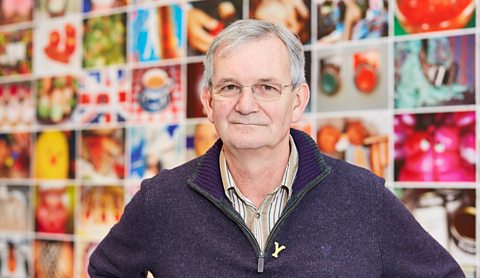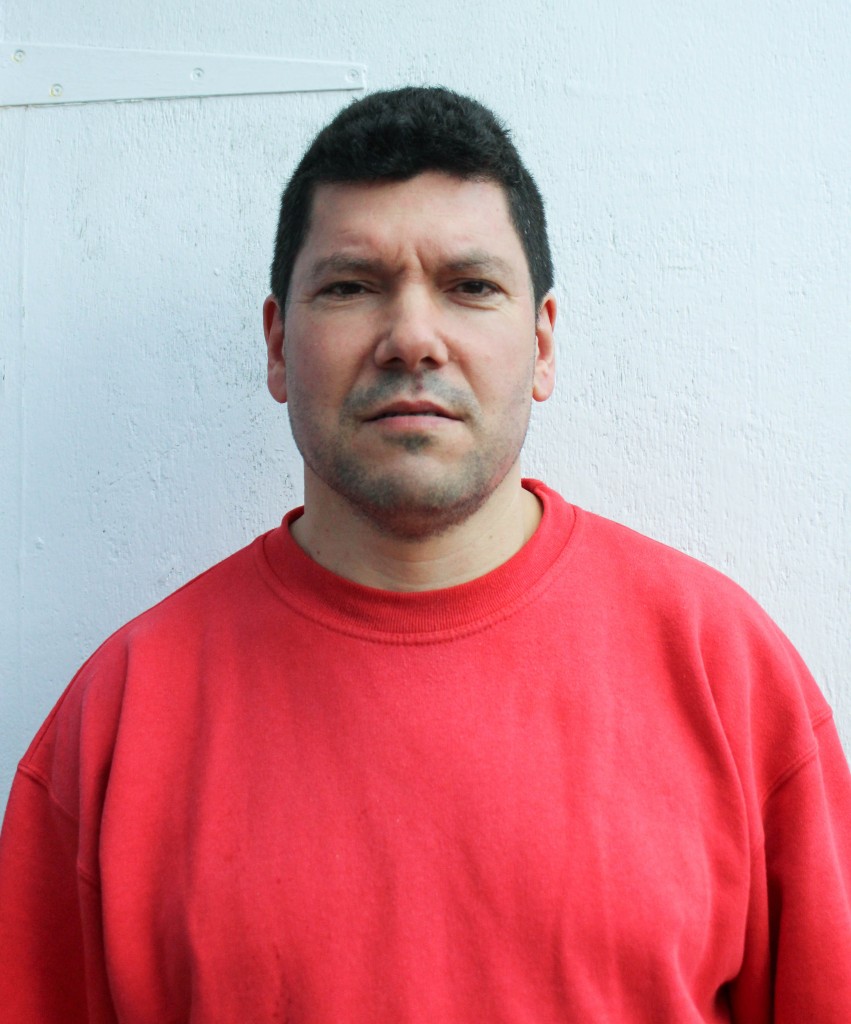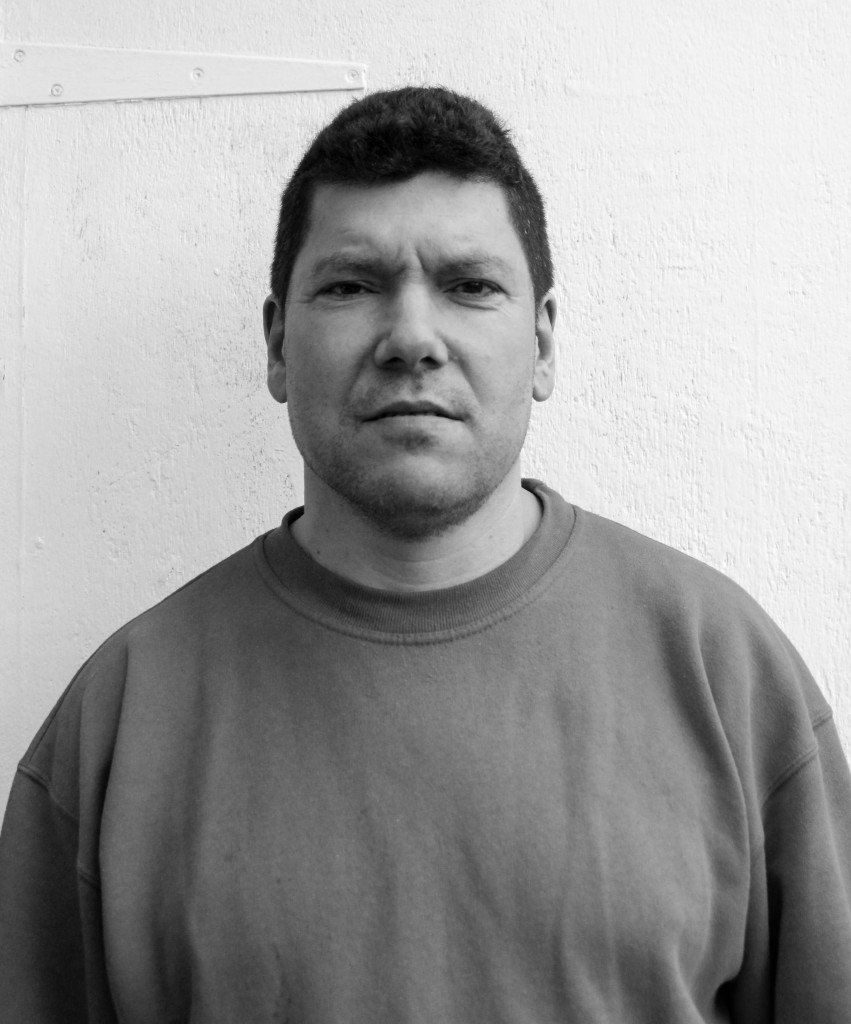Martin Parr is a very successful and internationally renowned photographer. His work has sold in millions and he has been very commercially successful.

Parr has a very unique style of photographing and has produced images now considered classic in terms of British contemporary photographs. Parr achieves this style through his unique eye, opting to take the majority of images very close up, in addition the uses ring flash to make his images highly colourful. This style has brought Parr acclaim and has made him one of the most distinct photographers of his generation. But this same style has also made Parr one of the most controversial photographers.
Arguments that Parr’s images do not represent truth
Firstly some critics argue that Martin Parr’s work simply is too colourful and energetic to be taken seriously as a from of documentary photography. Parr’s satirical and playful approach is potentially an argument for a lack of objectivity because he goes in which an idea to draw something from a situation, not just record what he sees. For example Parr’s distinctive style of photographing close up, such as the below image, highlights a sense of deceit because the image is taken in this way is more of a representation of advertising language, than is it nessecary showing anything with a degree of truth.
Secondly it can be argued that Parr’s outcomes do not reflect reality as they are prone to sensationalize objects and reflect images very much in the same way to how they would be represented in advertising. This can be considered true in some of the images in his photo-book ‘Common Sense’ – and a general impression I would draw from this book is that Parr seems to evoke a deliberate ‘advertising language’, full of colour and rich in detail. The main criticism that of this that can be drawn is that it makes Parr’s work deliberately deceptive as they are sensationalized,to show a representation of something in a way which isn’t entirely truthful, showing something for artistic effect, not its value as a form of documentation.

For example the above image of a plate of bread is immediately made more interesting through the way Parr has staged the image; appearing on a colourful, bright table-cloth to draw intensity and emphasis to it. Furthermore the shadows draw more emphasis and presence to the image, making the subject matter appear more intense and exciting than perhaps would be expected.
A third criticism of Parr’s work is that it is exploitative of certain ideas and situations, and therefore is automatically biased and thus difficult to trust the integrity of. Perhaps one of his most successful photo-books, ‘The Last Resort’ gave a raw depiction of life in the north of England in the mid-1980s. Many of the images featured in this series appear to show working class people in a very bad way, suffering due their improvised circumstances. There is scope to argue that Parr’s intentions are genuine and sympathetic to the working classes, a protest against Thatcherite Britain. On the other hand this series can be considered largely exploitative because the nature of the images arguably reflect aspects of Northern life in a mocking way , implying the working classes are tasteless and have a lack of style. Parr’s role as a middle-class photographer going to the north and taking these raw and highly uncomplimentary images drew this suspicion in the press.This type of controversy has in many cases tarnished Parr’s credibility as a documentary photographer because it has questioned the integrity and general motives of his work – is he seeking to photograph truth, or is he creating a sort visual freak-show so that he is commercially successful?
Arguments that Parr’s work is truthful
One argument in favour of Martin Parr being truthful in what he presents in his photographs is the suggestion his photographs are just as honest as any other form of documentary work, it is just that this truth is not expressed in exactly the same way. This view is true if it is recognised that all documentary photography is a way of responding to an idea. Whilst a lot of photographers, nonetheless Henk Wildschut are drawn to photographing key ideas and features, Parr on the other hand is more concerned with photographing though out aspects of a place. For example in the below photograph taken at an English seaside resort, the most obvious things to photograph would be the masses of people enjoying being on the beach or playing in the sea. However Parr has completely reversed this idea, stead opting to photograph from the perspective of the beach goer, with his foot the main aspect of focus and the other more usually associated aspects of the beach serving simply as a blur in the background. Therefore what Parr has done in this instance is to change the context – he is still truthfully documenting what goes on at a beach, but not what the viewer what traditionally expect to see nor associate with.

Another argument in favour of Martin Parr’s work which supports his integrity as a documentary photographer is his desire and obsession to literally document and photograph anything he sees. In the documentary ‘The World According to Martin Parr’, he admits that he is a somewhat obsessional individual who will go out of his way to photograph anything he sees, declaring that “nothing is not worth photographing”. This commitment to attempt to hold as little barrier to the degree of his photographic exploration highlights that Parr is not limited by what he perceives to be relevant. In many ways therefore it can in fact be argued that Parr is in fact more truthful than most photographers, because he does not limit himself to what he sees as truthful. Instead what the viewer sees is simply more unusual, but referring to the last paragraph, not in anyway less truthful.

A third argument to this is a direct challenge to the idea that Parr seeks to exploit people in is work, for example the controversy surrounding whether he sought to exploit the working class in ‘The Last Resort’. In his own defence, Parr refers to the fact that all photography effectively is exploitation. Furthermore, rather than actually denying he was exploitative in this series, Parr says how he “looks to exploit all classes”. If this attitude in recognised than it would bee very difficult to refer to Martin Parr as anything other than honest an truthful in what he seeks to represent in his work, because instead of using exploitation to create a fabricated picture, he is claiming than he is simply exploiting the truth and reality of an event in its fullest detail. For example the below image may be argued in two ways; either that it is exploitative because it shows working class children are rude and have no manners by getting ice-cream everywhere. Perhaps a more sympathetic argument instead would be that it shows children can make a mess of ice-cream, taking the political connotations completely out of the picture. This is a matter of interpretation.

Conclusion
Overall it is clear that Martin Parr’s work is simply too complex to define as simply truthful or untruthful, and there are arguments for both sides. I am of the position that although I recognise some of Parrr’s work is in many cases surrealist or partly illusional, I am nevertheless of the opinion that he seeks to show truth in a slightly different ways, using unconventional features such as advertising language. Therefore Parr very much balances truthful expression with his own ideas and satirical elements. Thus balancing these themes together creates work which may not appear truth but in many cases is, because of the simple fact it is a documentation of what Parr sees and experiences.



